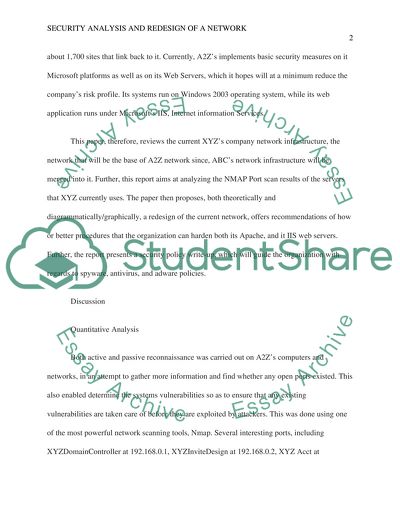Cite this document
(“Security Analysis and Redesign of a Network Coursework”, n.d.)
Security Analysis and Redesign of a Network Coursework. Retrieved from https://studentshare.org/information-technology/1635919-security-analysis-and-redesign-of-a-network
Security Analysis and Redesign of a Network Coursework. Retrieved from https://studentshare.org/information-technology/1635919-security-analysis-and-redesign-of-a-network
(Security Analysis and Redesign of a Network Coursework)
Security Analysis and Redesign of a Network Coursework. https://studentshare.org/information-technology/1635919-security-analysis-and-redesign-of-a-network.
Security Analysis and Redesign of a Network Coursework. https://studentshare.org/information-technology/1635919-security-analysis-and-redesign-of-a-network.
“Security Analysis and Redesign of a Network Coursework”, n.d. https://studentshare.org/information-technology/1635919-security-analysis-and-redesign-of-a-network.


